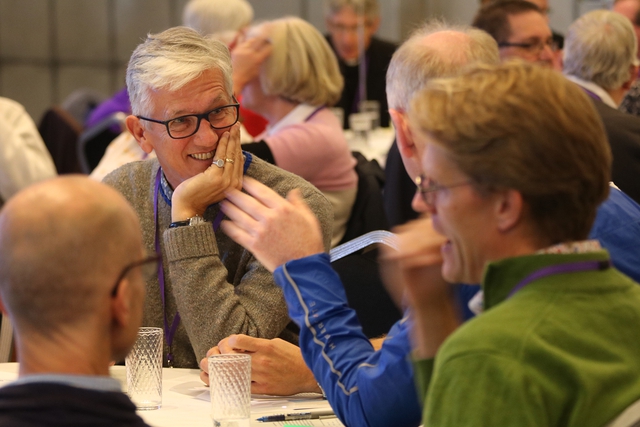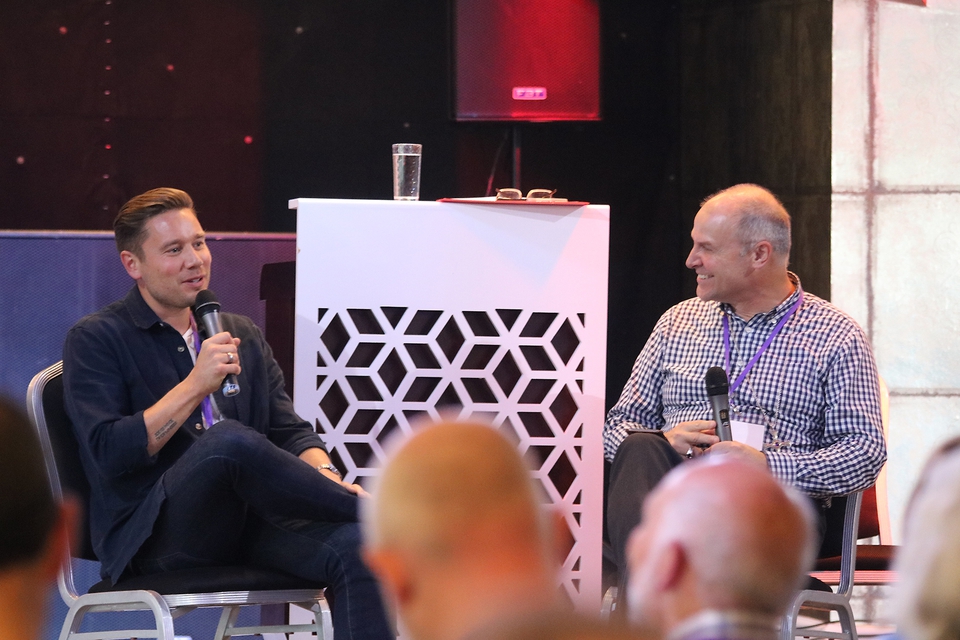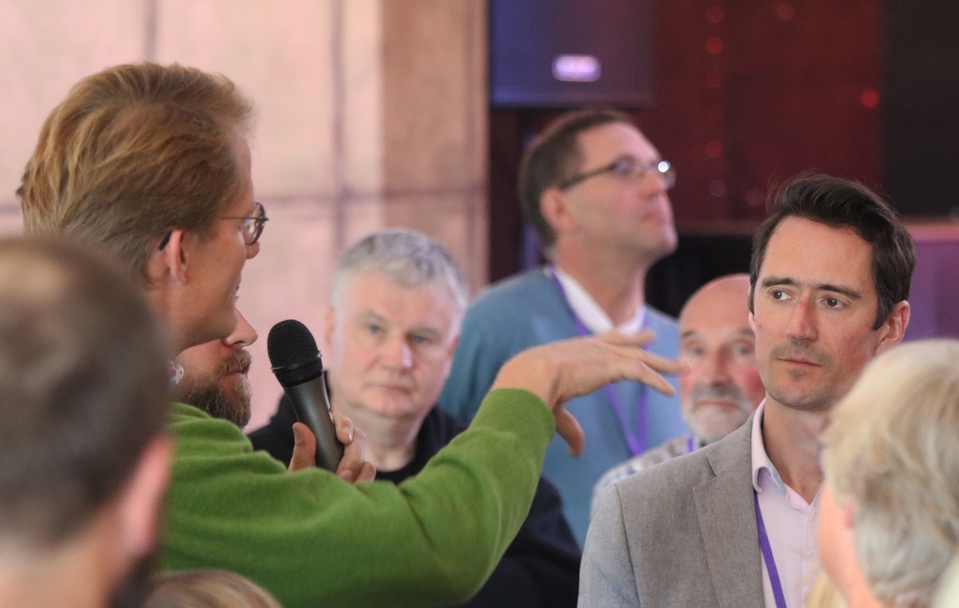- the revitalisation of existing parish churches by planting a team from another parish;
- a bishop’s mission order, which allows a church to plant a new congregation within another existing parish;
- a parish church planting a new congregation within its own parish;
- a missional community emerging from within a parish (often serving the community first, then allowing a style of worship to emerge).
-

17 June, IN: Training
Multiply 2025
At Multiply 2025, CCX will immerse you in stories of creativity and renewal from across ... read more
Leaders learn about pioneering and church planting

CLERGY and lay leaders from our diocese gathered for a two-day conference to explore church planting and pioneer ministry.
The Reach Conference was held at the Old Thorns Hotel in Liphook, and involved input from experts in the areas of planting brand new congregations and engaging in pioneering styles of ministry.
Bishop Ric Thorpe, Bishop of Islington, and the Rev Ed Olsworth-Peter, the C of E’s national pioneer development adviser, led sessions exploring some of the principles behind church planting and pioneering. There was also practical input from those within our diocese who have planted new churches or engaged in pioneer ministry.
Bishop Ric, who has specific responsibility for church planting in the C of E, introduced church planting in its historical context, recalling the massive expansion of the Church in Victorian times. Worshippers would initially meet in people's front rooms, then write to their bishop once they had a congregation of 25 to ask for a mission priest and a building. Mission churches were typical built quickly out of corrugated iron, and a brick or stone church building created later.
He said: “It’s important to see that they didn't start with a building. It was only once worship was established in a place that a priest would be sent to go and live and work there.”
He suggested four different models of church planting, examples of which can be seen across the Church of England today:
Those models were evident in the creation of Harbour Church in central Portsmouth. A small team of 15 people relocated from St Peter’s Church, Brighton, in 2016 to start a new congregation aimed at students and young people, which involved a bishop’s mission order. It has now expanded so that 500 worshippers meet in three locations, each of which was an existing parish church. The Rev Alex Wood, vicar of Harbour Church, was interviewed about their experiences.
Ed Olsworthy-Peter also suggested a model of pioneer ministry, which started with listening to those living in that community to find out their needs. Worshippers might then love and serve those people, and start to create an authentic community. It was only then that they might share Jesus with that community in an intentional way and therefore create ‘church’.
One of our pioneer ministers, the Rev Tim Watson, has created such a community within the Leesland area of Gosport with a small team over the past three years. His experiences were highlighted via interviews and a specially-created video.
Clergy and lay leaders placed themselves within circles on the floor of the conference venue that denoted traditional parish ministry, pioneering within parishes, pioneer ministry and church-planting. They were invited to move to different circles to show where they felt called, and where they saw their own churches heading in the future. Watch the video below to see them arranging themselves into different circles:


The two-day residential conference, introduced by Bishop Christopher, included pioneer-style worship led by the Rev Tim Watson and a question-and-answer session with the Rev Ali Boulton, an expert on pioneer ministry in areas of new housing development. Delegates also heard about how to take the next steps in these areas, with follow-up training courses planned in different geographical parts of our diocese.
The Ven Gavin Collins and the Rev Andrew Hargreaves talked about how pioneering and church-planting fits in with the diocese’s live | pray | serve strategy, which aims for our churches to grow in depth, impact and number. And the conference ended with a Eucharist, at which delegates committed their plans for the future to God.
To see more photos from the conference, click here.